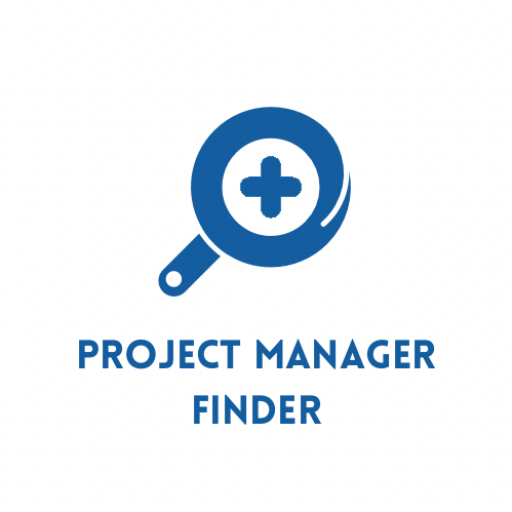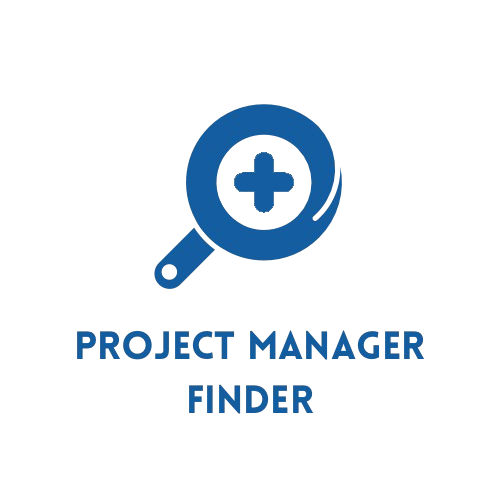What is a PPM Tool? A Deep Dive into Project Portfolio Management with Examples like Jira
- Home
- What is a PPM Tool? A Deep Dive into Project Portfolio Management with Examples like Jira
What is a PPM Tool? A Deep Dive into Project Portfolio Management with Examples like Jira
In today’s fast-paced business environment, managing multiple projects simultaneously is a significant challenge for organizations. Keeping track of resources, timelines, budgets, and risks across various initiatives requires powerful tools that offer visibility and control. This is where Project Portfolio Management (PPM) tools come into play.
A PPM tool is a software solution designed to help organizations manage and oversee their entire project portfolio, which could include multiple projects at varying stages. PPM tools enable businesses to ensure that projects are aligned with strategic goals, properly resourced, and delivered on time and within budget. But what exactly does this look like in action, and how do tools like Jira fit into this equation?
Understanding Project Portfolio Management (PPM)
At its core, Project Portfolio Management (PPM) is the process of prioritizing, managing, and overseeing a collection of projects that contribute to an organization’s overall strategic objectives. PPM helps organizations make informed decisions about which projects to invest in, how to allocate resources, and how to measure the success of these initiatives.
In the world of PPM, tools play a vital role in providing visibility and control over the entire portfolio. These tools not only track project progress but also help evaluate risks, manage dependencies, and identify resource bottlenecks across multiple projects.
Key Benefits of PPM Tools
PPM tools offer several benefits to organizations:
Resource Optimization: With a PPM tool, you can monitor the allocation of resources (people, budgets, and time) across all projects, ensuring they are used efficiently.
Improved Decision-Making: These tools provide a data-driven approach to portfolio management, making it easier for leaders to make informed decisions based on real-time insights.
Risk Management: PPM tools help identify risks early by giving project managers visibility into critical issues that may affect the entire portfolio.
Alignment with Strategic Goals: They ensure that all projects align with the broader business strategy, increasing the chances of success and profitability.
Stakeholder Communication: PPM tools provide centralized reporting and dashboards that improve communication between project teams and stakeholders.
Jira as a PPM Tool Example
One of the most popular PPM tools used by organizations, especially in the software development industry, is Jira. Originally designed for issue and project tracking, Jira has evolved into a comprehensive platform that supports project management, agile methodologies, and even portfolio management.
How Jira Helps with Project Portfolio Management
Portfolio Management: Jira offers a feature called Jira Portfolio (now part of Jira Advanced Roadmaps) that helps project managers track multiple projects, visualize timelines, and allocate resources across the portfolio. This tool is ideal for organizations that follow agile practices and need to manage a variety of sprints and releases.
Workload Balancing: Jira allows you to see the workload distribution across different teams and individuals. This helps ensure that no one is overloaded while allowing for better resource allocation across the portfolio.
Real-Time Reporting and Analytics: Jira provides powerful reporting features, such as burndown charts, velocity reports, and custom dashboards, to give portfolio managers insights into how well projects are progressing and if they are on track to meet their objectives.
Dependencies and Risk Management: Jira helps identify dependencies between different projects or tasks, making it easier to spot risks or delays. For example, if one project is running behind schedule, it may affect others in the portfolio.
Integration with Other Tools: Jira integrates seamlessly with a variety of other tools in the Atlassian ecosystem, such as Confluence (for documentation), Trello (for task management), and Bitbucket (for code management). This makes it easy to pull in data from different sources and get a holistic view of your project portfolio.
Example Use Case: Managing Software Development Projects
Imagine a software development company that is handling multiple projects, such as a mobile app, a website redesign, and an internal tool upgrade. With Jira, the organization can:
Track each project: Each project can be broken down into individual tasks (issues) and tracked through various stages (To Do, In Progress, Done).
Plan and prioritize: Using Jira’s roadmaps, the team can visualize the timelines and milestones for each project, and ensure that they align with the strategic business goals.
Assign resources: The project manager can assign tasks to specific team members based on their expertise, availability, and workload.
Monitor risks and dependencies: Jira helps identify any dependencies between tasks or projects. For instance, if the website redesign depends on the completion of the mobile app’s back-end development, Jira will flag this as a potential risk.
Generate reports: At any point, stakeholders can pull up real-time reports to see the overall progress of all projects, assess the risk, and make adjustments as needed.
Other PPM Tools You Should Know About
While Jira is one of the most popular PPM tools, there are many others that cater to different industries and project management styles. Here are some notable ones:
Asana: Asana is great for teams looking for a simple but effective way to track tasks, collaborate, and manage workflows. It includes project timelines, task assignments, and goal tracking.
Monday.com: Monday.com provides a visual platform for project and portfolio management, with easy-to-use boards that track project progress, assign tasks, and monitor timelines.
Microsoft Project: A more traditional PPM tool, Microsoft Project is excellent for managing complex projects with dependencies, timelines, and detailed resource allocation.
Smartsheet: Smartsheet offers a flexible, spreadsheet-like interface that is great for teams looking for a customizable solution for managing projects, portfolios, and resources.
Conclusion
In summary, Project Portfolio Management (PPM) tools like Jira play a crucial role in helping organizations streamline their project workflows, optimize resources, and ensure that projects are completed successfully and on time. Whether you’re managing software development, marketing campaigns, or large-scale infrastructure projects, PPM tools provide the structure and visibility needed to make data-driven decisions and stay aligned with your business strategy.
As the business world becomes more complex and fast-paced, investing in the right PPM tool is more critical than ever. By leveraging these tools effectively, organizations can not only manage individual projects more efficiently but also ensure that their project portfolios contribute to their long-term goals and success.

